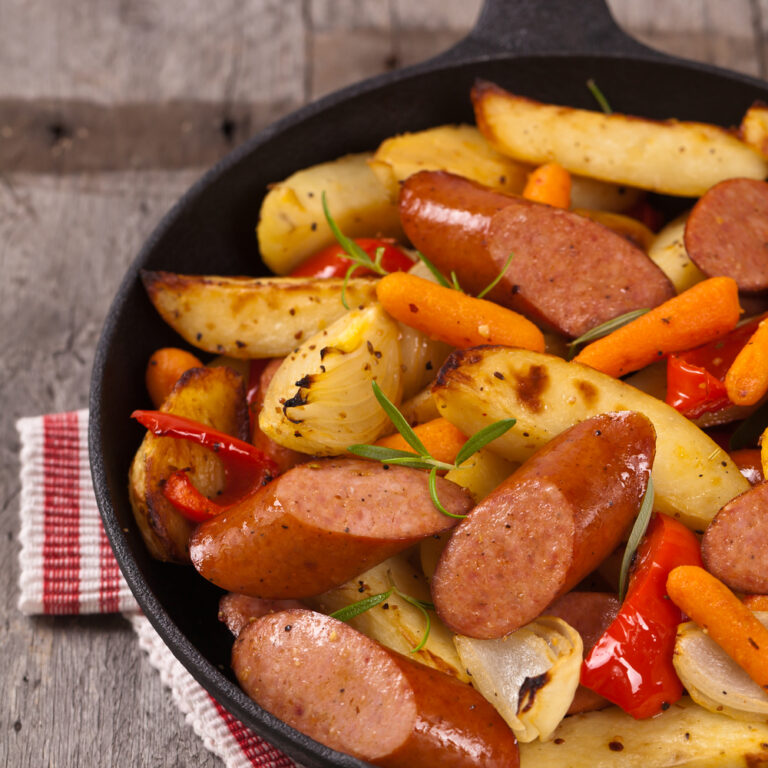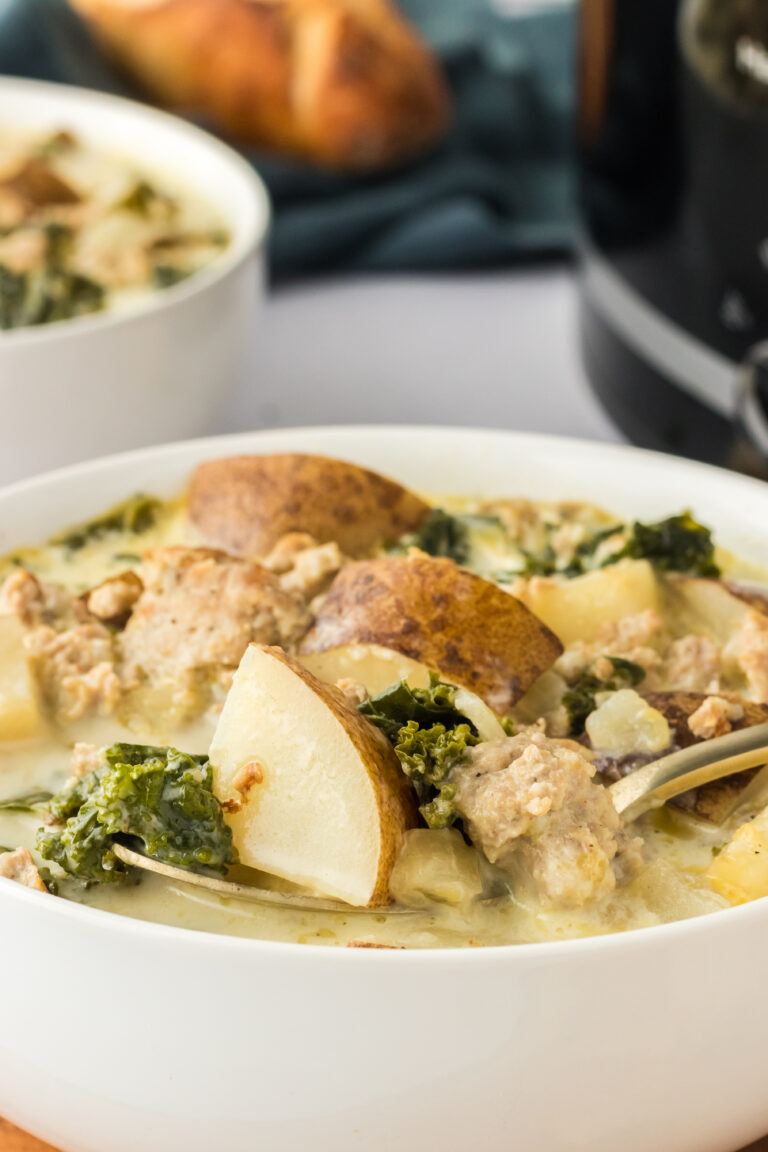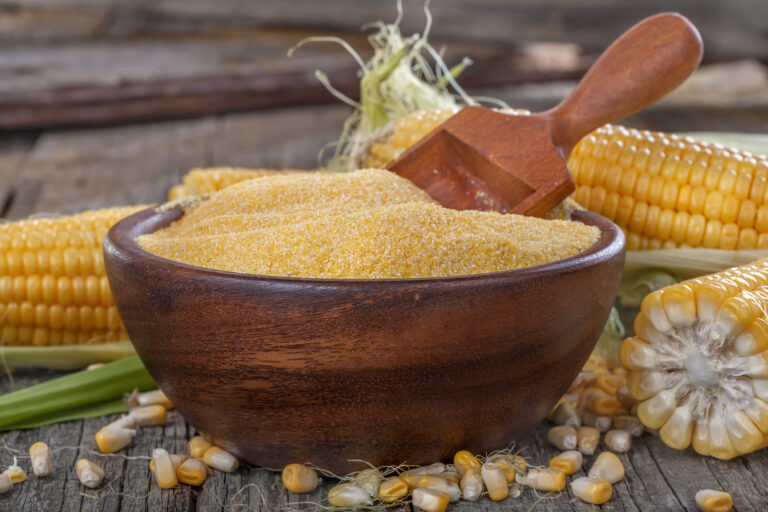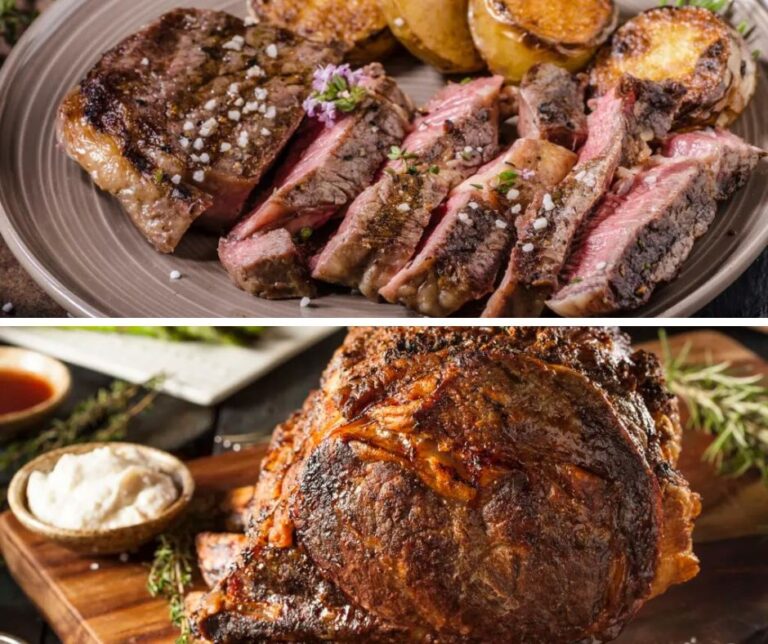How to Reheat Ham Perfectly: A Comprehensive Guide
Reheating ham isn’t just a culinary task; it’s an art that, when done right, leads to a delicious and juicy meal. Whether it’s a whole ham for a holiday feast or just a few slices for Sunday dinner, knowing the best methods and tips for reheating is crucial for both taste and safety.
We’ll look at some various techniques, from using a slow cooker to an oven, and cover everything you need to know for reheating different types of ham.
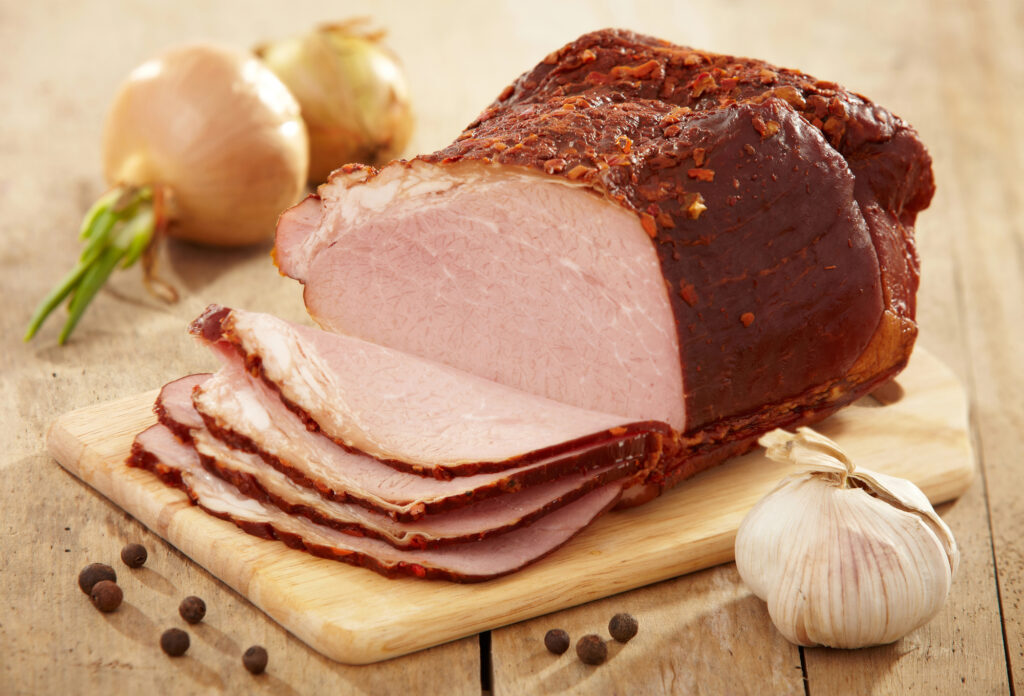
Understanding Ham Types
Before diving into reheating methods, it’s essential to understand the type of ham you’re dealing with. Hams can be broadly categorized into city hams (wet-cured and often smoked), country hams (dry-cured and aged), and fresh hams (raw). Precooked hams, like spiral hams or honey-baked hams, are commonly found in grocery stores and are fully cooked, needing only to be reheated. On the other hand, fresh hams require full cooking.
Reheating Whole Hams
The oven is your best bet for a whole, precooked ham (bone-in or boneless). Let the ham come to room temperature, which helps it reheat more evenly. Preheat your oven to a low temperature, around 275°F (135°C). Place the ham in a shallow roasting pan, and if it’s a spiral-cut ham, cover the surface with aluminum foil to prevent it from drying out. Adding a cup of water to the pan can provide extra moisture. Reheat for about 10-15 minutes per pound of ham. Using a meat thermometer, check that the internal temperature reaches 140°F (60°C) for safe eating.
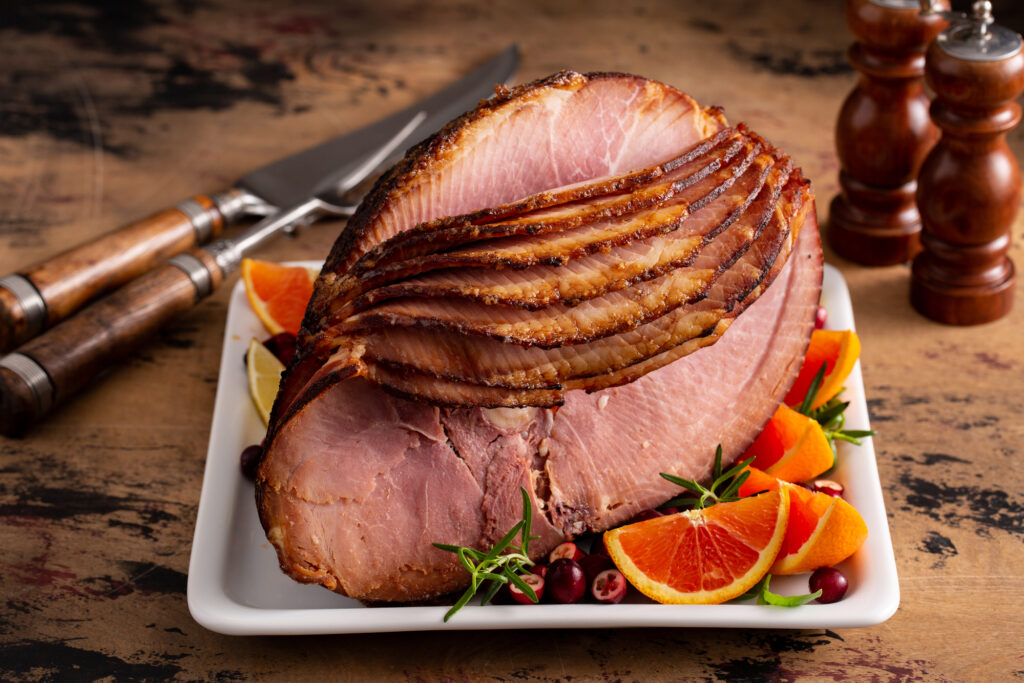
Slicing and Serving
You can opt for a quicker method for ham slices or smaller portions. Wrap the slices in aluminum foil or place them in a baking dish, adding a bit of water or broth for added moisture. Cover and reheat in the oven at 275°F for about 10 minutes or until the internal temperature reaches 140°F. For a single layer of ham slices, reheating in a skillet over medium-high heat for 2-3 minutes per side is also a good way to reheat the meat.
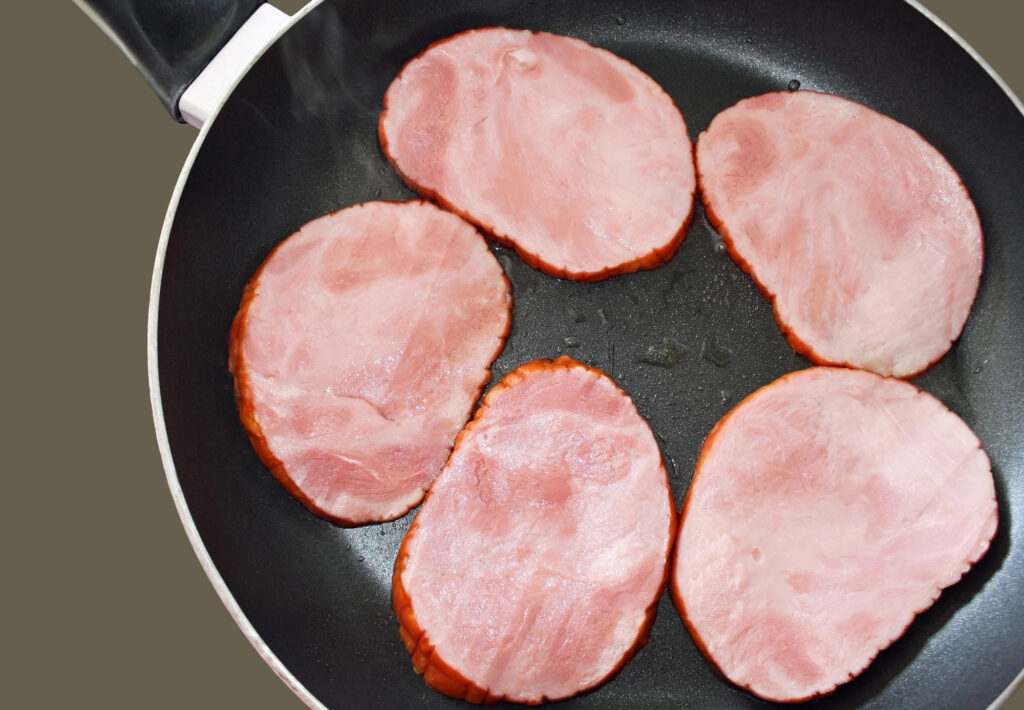
Slow Cooker Method
A slow cooker offers an easy way to reheat ham without drying it out. Place the ham inside the cooker, adding a cup of chicken broth, orange juice, or ginger ale for extra flavor. Cover and set on low heat, reheating for about 10 minutes per pound. This method is excellent for keeping the ham moist and tender. It does take much longer, but you will have a moist and tender ham when reheated.
Adding Flavors
To elevate the taste, consider glazing your ham during the reheating process. Mix ingredients like brown sugar, maple syrup, Dijon mustard, or honey, and apply the glaze during the last 30 minutes of reheating. Creating a diamond pattern on the surface of the ham before applying the glaze can add an appealing texture and help the flavors penetrate deeper.
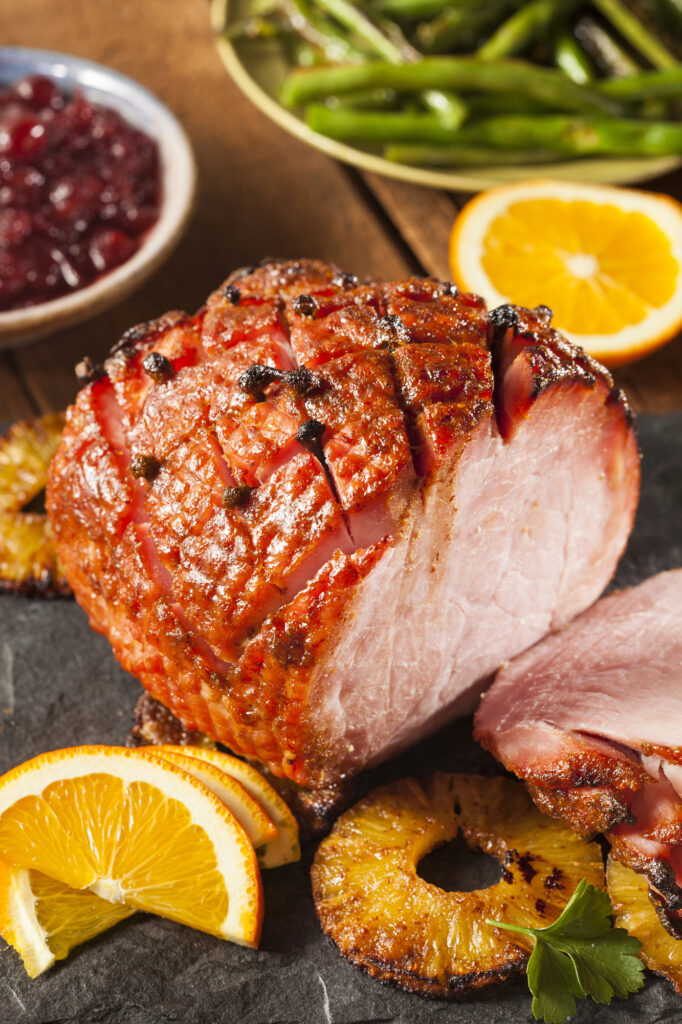
Safety Considerations – Check That Temperature
It’s crucial to ensure the ham reaches a minimum temperature of 140°F to be safe for consumption. Always use a meat thermometer to check the internal temperature and plate it into the thickest part of the ham. Also, be mindful of not overcooking the ham, as this can lead to a dry and less flavorful meal.
Serving and Storage
Once reheated, let the ham rest for a few minutes before slicing. This rest period allows the juices to be redistributed, ensuring a juicy and tender ham. If you have leftovers, store them in the refrigerator, and consider using them in different dishes like ham sandwiches or adding them to soups or casseroles.
Leftover ham? Try this ham and potato casserole from Southern Home Express.
Advanced Tips for Perfect Results
- For enhanced flavor, consider soaking a dry-cured or country ham in cold water overnight before reheating. This process can mitigate some of the saltiness and prepare the ham for a more balanced taste.
- Incorporate a couple of tablespoons of broth or cooking liquid when reheating ham in a skillet or baking pan to add moisture and flavor.
- Consider the size of the ham and adjust the cooking time accordingly. Larger hams may require longer to reach the ideal internal temperature without becoming dry.
- Experiment with different glaze ingredients and cooking liquids to find your perfect match. Adding whole cloves, pineapple juice, or even a bourbon splash can introduce new flavor dimensions to your ham.
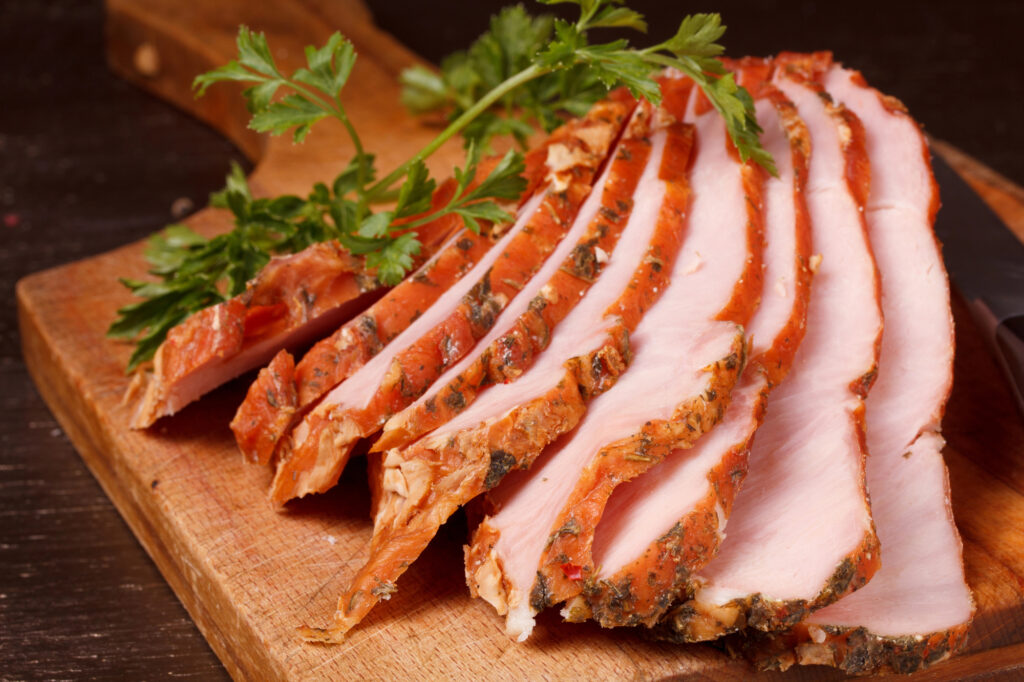
When reheating ham to achieve the best results, a few additional considerations and tips can make a significant difference in the outcome. Here’s what else you should know:
Microwave Reheating
While not the preferred method for large portions or whole hams, the microwave can be convenient for quick reheating of slices. Cover the slices with a damp paper towel and use a microwave-safe dish to avoid drying out the ham. Heat on medium power in short intervals, checking frequently to ensure even heating without overcooking or making it tough.
Using a Cooking Bag
A cooking or oven bag can effectively reheat a whole ham while retaining its moisture. Follow the bag’s instructions, add a bit of water or broth inside to create steam, and make a few small slits in the bag to allow steam to escape. This method can reduce reheating time and keep your ham moist.
Avoid High Temperatures
Reheating ham at too high a temperature can cause it to dry out quickly. Low and slow are the keys whether using an oven, slow cooker, or any other method. Gentle reheating allows the ham to warm through to the center without losing its juiciness.
Creative Leftovers
If you find yourself with leftover ham that’s already been reheated, consider using it in dishes that don’t require further cooking or only a quick warm-up. Adding ham to salads, sandwiches, or even as a pizza topping can make for delicious meals without risking drying out the meat.
Food Safety
Always remember that safe food handling is paramount. Precooked hams should be stored in the refrigerator and reheated to at least 140°F (60°C) before consumption to ensure they are safe to eat. Any leftovers should be refrigerated within two hours of serving and consumed within 3-4 days for the best quality and safety.
By keeping these tips in mind, you can be sure that your reheated ham remains as delicious as when it was first cooked, making your meals both satisfying and safe. Whether you’re enjoying a special occasion or making the most of leftovers, the right approach to reheating can make all the difference.
What To Serve With Ham
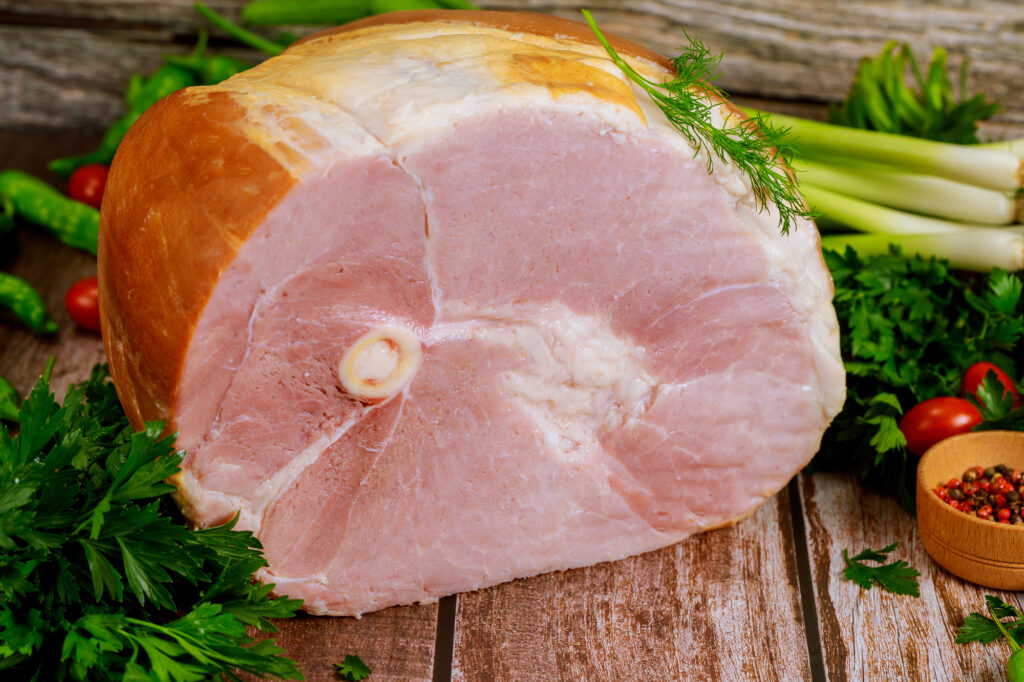
Reheating ham is not just about warming it up; it’s about preserving its moisture and flavor and ensuring it’s safe to eat. Whether you’re preparing a whole ham for a special occasion or just heating up some slices for a quick meal, following these tips and techniques will ensure a delicious and satisfying ham experience every time. Remember, the key to a perfect reheated ham lies in the right method and a bit of patience.
